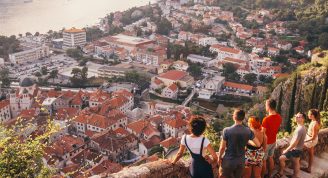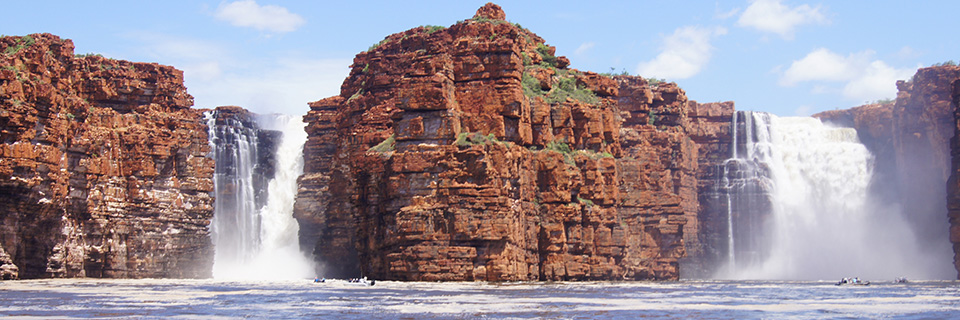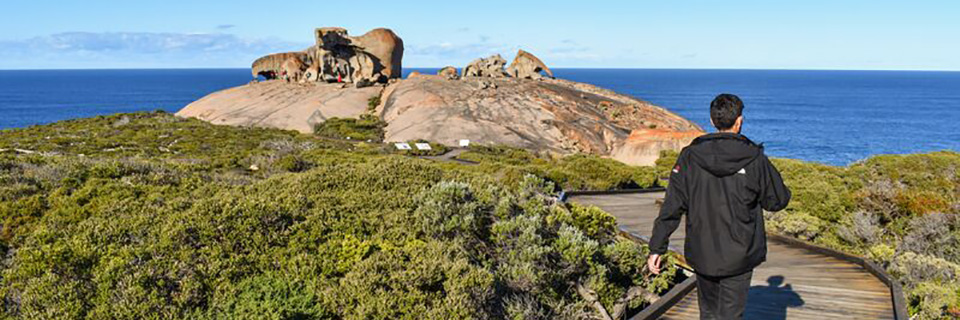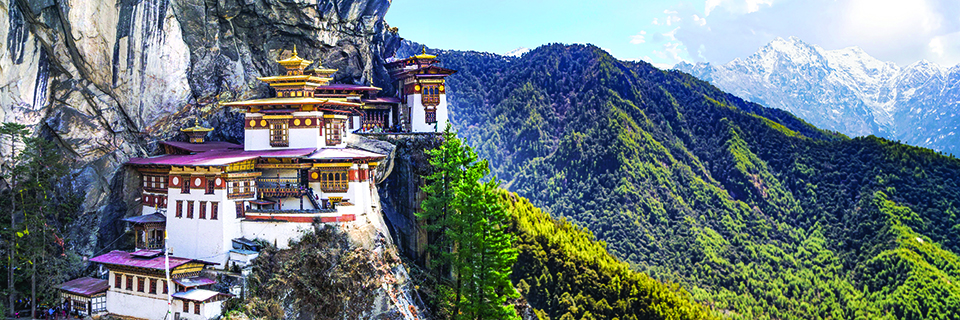Description
Travel through South Africa, Botswana, Zimbabwe, Zambia and Tanzania towards Zanzibar on this northbound overland adventure. Your 29 days will be spent getting up close to rare black and white rhinos at the Kharma Rhino Sanctuary, taking a traditional mokoro through the fertile waterways of the Okavango Delta, tracking rhinos on foot in Matobo National Park with expert trackers, admiring Victoria Falls from all angles, exploring the highland villages, clear-water lakes, ruins and wide-open plains of Zambia and Malawi, and winding up on the idyllic shores of Zanzibar. Local guides and a knowledgeable crew have got all your needs covered, plenty of time for independent activities will have you curious to see more, and a travel group eager to explore will ensure the epic memories made are shared.
- Track rhinos on foot in Matobo National Park, home to a diverse range of flora and fauna, including warthogs, leopards and klipsingers. Also, learn about the park's cultural significance and San rock paintings.
- Camp on a remote island in the heart of the Okavango wilderness and listen as night falls and the sounds of the remote African bush come alive!
- Go wildlife-spotting along the river at Chobe National Park – home of the world's highest concentration of African elephants – and keep the safari going in South Luangwa National Park on a dawn game drive.
- Experience the rumble and roar of Victoria Falls from the Zimbabwe side, which gives you the broadest view. Looking for something special? Why not book a scenic helicopter experience?
- Support local conservation efforts by visiting the Khama Rhino Sanctuary – the only place left in Botswana where both black and white rhinos sit side by side.







